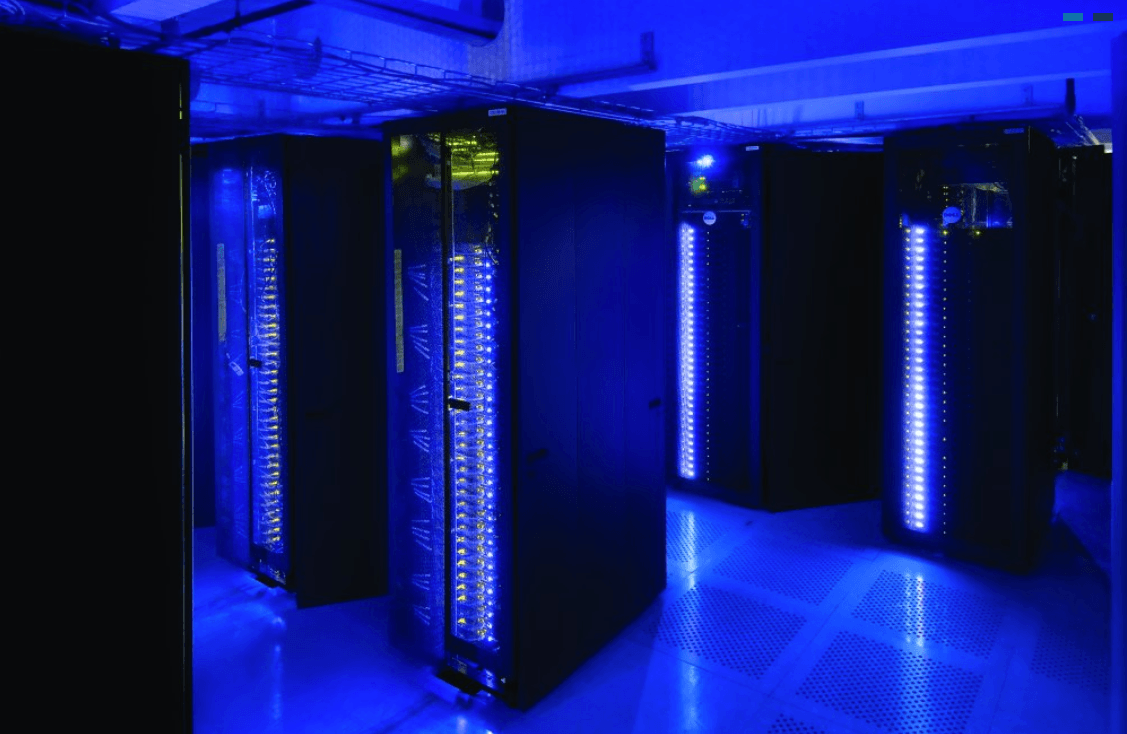
As global immunization against Covid-19 increases, life is returning to normal. However, this is not the world we knew prior to the pandemic. Due to the long-term nature of this global crisis, client needs and daily lifestyles have shifted. This, in turn, will alter my expectations for the globe in 2022 and beyond. Let’s have a look at the top ten technological and business trends predicted to emerge in the future year.
[toc]
1. Life Science Technologies are gaining momentum.
Pharmaceuticals, biotechnology, environmental sciences, biomedicine, nutraceuticals, neuroscience, cell biology, and biophysics are all included in the life science industry. 2021 has seen significant innovation in life science technologies, in part due to increased investment in mRNA vaccine technology and high-performance Covid-19 testing.
Pfizer-BioNTech and Moderna are two companies that have created mRNA-based vaccines as examples of this breakthrough. Merck’s recent Covid medication innovations have also accelerated the life science industry’s progress.
Looking ahead, I anticipate significant growth in several areas of life science, including advanced research; the application of robotics technology; the use of artificial intelligence (A.I.) tools; the use of cloud technology; the acceleration of drug testing; the integration of genetic data; and the use of gene technology. Additionally, I envision the creation of tailored medicine as a result of advances in genomics technology. For example, the business 23andMe enables individuals to access, understand, and benefit from their human DNA.
2. Expansion of 5G-6G and Satellite-Based Internet Usage

As remote work becomes more prevalent, the stability of the internet becomes more critical than ever. The internet of things (IoT) is integrating the internet into our daily lives, and advancements at all network levels will continue to drive research and advance the internet economy.
According to Cisco’s 2018 Visual Networking Index estimate update, there will be an additional 1.4 billion internet users by 2022, up from 3.4 billion in 2017. This translates to about 60% of the global population, assuming an eight-billion-person world in 2022. By that time, internet users are predicted to consume 4.8 zettabytes of data per year, more than 11 times the 437 exabytes of IP traffic created in 2012.
While 5G is still in its infancy, in 2022, there will be a greater emphasis on 6G. China began 6G research in 2018. By late 2020, the country would have deployed a satellite to demonstrate the transmission of terahertz signals. Huawei and ZTE were both implicated. The United States also began 6G research in 2018, with the Federal Communications Commission (FCC) allowing for experimental usage of higher frequency spectrum. In 2020, the Next G Alliance was formed, with Apple, AT&T, and Google as founding members. Korea, Japan, and a few European countries have begun substantial research into 6G, and we anticipate to see additional announcements in 2022.
3. High-Performance Computing Makes Its Way Into the Mainstream

Given the recent expansion of big data-driven research and analysis, as well as cloud-based computing, I anticipate a boom in the use of high-performance computing in 2022. High-performance computing will become increasingly vital in a variety of applications, from drug development to cancer research to space exploration, and quantum computing technology must keep pace with industry demand.
We’ve already witnessed significant development in the field of quantum computing by companies such as Google, IBM, Microsoft, Amazon, and Alibaba. Rigetti Computing, D-Wave Systems, ColdQuanta, 1QBit, Zapata Computing, and QC Ware have all outperformed industry expectations in terms of technology and growth.
I anticipate considerable progress in quantum computing in 2022, as the growing demand for more powerful machines will stimulate development in this field.
In the new year, we’re likely to see announcements about huge qubit advances. Quantum computing on a commercial scale will soon be within our grasp, and fresh advancements will come at a breakneck pace.
For more information please visit: ecommerce scraper
4. Artificial Intelligence, Big Data Analytics, and Cloud Computing Continue to Grow

Artificial intelligence has become ingrained in our daily lives. From personalization enhancements to rating search results, recommending products, and understanding and controlling gadgets, to developing more accurate environmental models and automating industry, we see the application of artificial intelligence everywhere as we approach 2022.
Predictive analytics is being used by organizations to forecast future trends. According to a survey provided by Facts & Factors, the global predictive analytics market is predicted to increase at a compound annual growth rate of approximately 24.5 percent, reaching $22.1 billion by the end of 2026.
Cloud computing will also experience explosive expansion. By 2022, the cloud will have become more entrenched and will handle a greater share of computer tasks. Without a doubt, the internet of things will expand this space. Gartner forecasts that global spending on cloud services would exceed $482 billion in 2022, up from $314 billion in 2020.
5. The Internet’s security and privacy are paramount.

As the world grows more digital, we are witnessing an upsurge in personal and organizational cyberattacks on a global scale. Numerous firms have been the focus of significant cyberattacks in recent days, and businesses have grown increasingly exposed to devastating attacks, in part as a result of the pandemic’s increased remote employment.
I anticipate that cyberattacks will occur across industries in 2022 and that the industry will respond with a range of countermeasures. Defending against cyberattacks will entail training individuals on how to recognize and avoid network attacks, hence protecting their company’s reputation.
By using artificial intelligence, robust cybersecurity policies will become easier to establish, less expensive, and more effective than before. Through the use of artificial intelligence, cybersecurity can identify threats and learn the behaviors of cybercriminals, so averting future assaults. Additionally, it can assist in reducing the time required for cybersecurity specialists to perform their regular activities.
Read More Like This: Here






